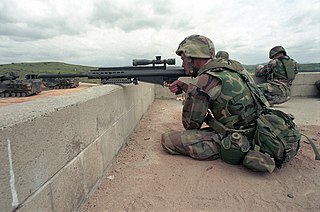
By Guest Author Dr. Deborah Belle
Economic inequality is an excellent predictor of just about every physical, emotional, and social ill that social scientists measure. More unequal nations have lower life expectancies, higher infant mortality rates, more homicides, poorer math and literacy scores, more teenage pregnancies and births, more obesity, more mental illness, more drug and alcohol addiction, more incarceration, and less economic mobility than more equal nations.
The United States, the developed world’s most unequal major nation, ranks at or near the bottom on all of these indicators of the quality of our lives. Moreover, this pattern is replicated among the 50 U.S. states. The most equal states consistently outperform the least equal states on a variety of indices of well-being. Nor are the negative effects of economic inequality limited to the poor. Rather, persons of all social classes suffer more in unequal nations or states than their social class peers in places of more equality.
The deadly effects of income inequality appear to be due to the stresses of life in a winner-take-all economy, losses in social cohesion and trust, and the skewing of social policies in favor of the wealthy at the expense of the poor and the middle class. Public spending for education is lower and economic assistance to poor parents is more meager in U.S. states with higher levels of income inequality. Not surprisingly, children in more unequal states show lower levels of educational achievement and high school completion than their peers from more egalitarian states.
Where there is great inequality, the government is often mobilized to repress efforts to reverse that inequality, as we saw in the brutal suppression of the Civil Rights Movement of Dr. King’s time and the Occupy movement in recent years.
Nevertheless, these problems can be solved. As labor leader Richard Trumpka recently said “We are tired of people talking about inequality as if nothing can be done. The answer is simple: Raise the wages of the 90 percent of Americans whose wages today are lower than they were in 1997.” Plus raise the top income tax rate, enact a transaction fee on stock market transactions, and restore laws keeping vast sums of private wealth out of our elections.
Given the stranglehold of the wealthy on our political system, enacting such measures probably will require the kind of social movement that toppled Jim Crow half a century ago. But it can be done.
As Dr. King said, “our world is in dire need of a new organization, The International Association for the Advancement of Creative Maladjustment. Men and women should be as maladjusted as the prophet Amos, who in the midst of the injustices of his day could cry out in words that echo across the centuries, ‘Let justice roll down like waters and righteousness as a mighty stream’; or as maladjusted as Abraham Lincoln, who in the midst of his vacillations finally came to see that this nation could not survive half slave and half free; or as maladjusted as Thomas Jefferson, who in the midst of an age amazingly adjusted to slavery, could scratch across the pages of history, words lifted to cosmic proportions, ‘We hold these truths to be self evident, that all men are created equal. …’”
“Through such creative maladjustment,” King concluded, “we may be able to emerge from the bleak and desolate midnight of man’s inhumanity to man, into the bright and glittering daybreak of freedom and justice.”
Deborah Belle is a professor in the Department of Psychological and Brain Sciences at Boston University. Her research focuses on the impact of poverty and inequality on individual mental health and family functioning, the ways adults and children make sense of poverty, wealth, and economic inequality, and the stresses that arise at the intersection of paid employment and family life. She is also interested in gender differences in social behavior and teaches courses on social psychology, the psychology of women, and the psychology of families. Her posts are excerpts from a speech given at Boston University January 19, 2015.


